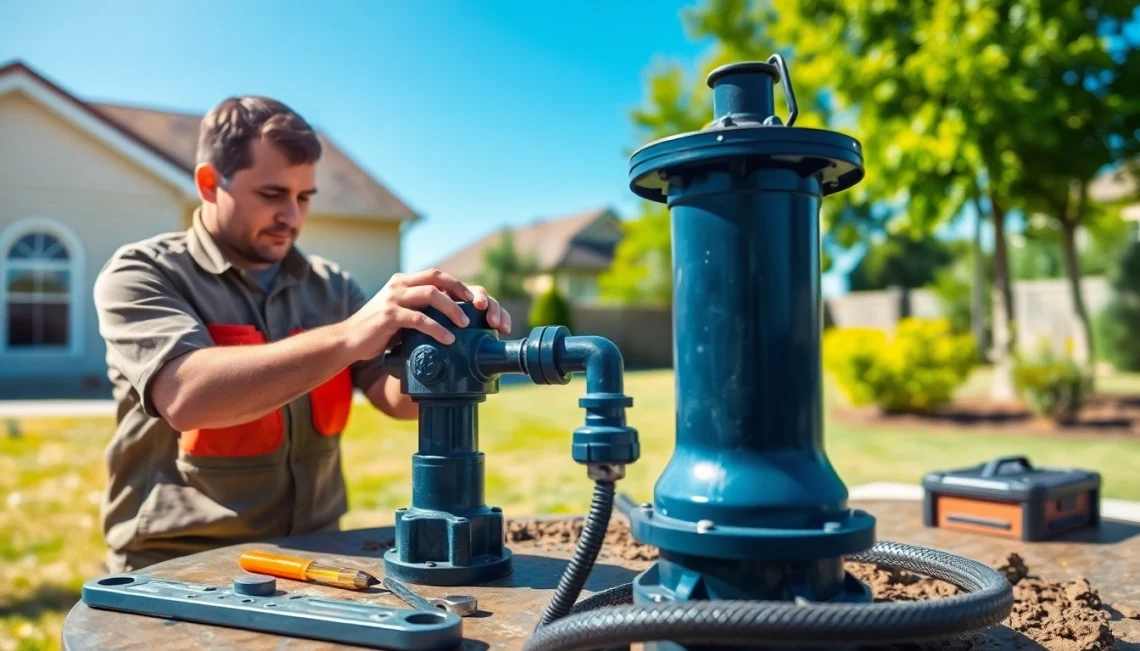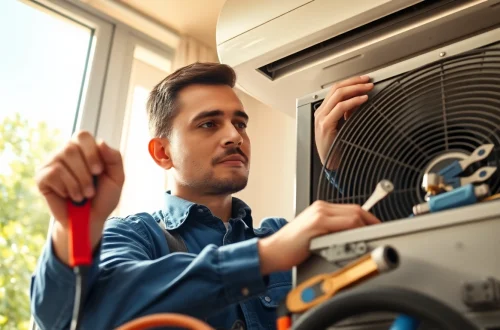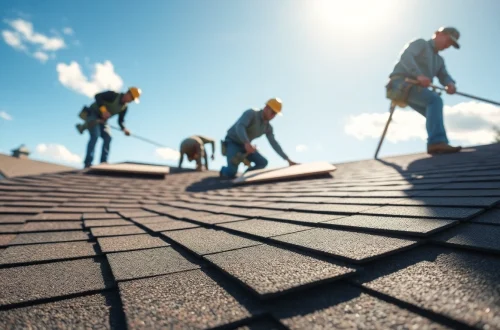Understanding Well Pump Replacement Lacey WA
Well pumps play a crucial role in providing a reliable water supply for households relying on groundwater sources. However, like any mechanical system, well pumps can wear out over time and may require replacement. If you are in the Lacey, WA area and find yourself in need of a new system, understanding the replacement process is essential. This article will dive into well pump replacement, offering insights, tips, and guidelines that can help homeowners make informed decisions. Explore our comprehensive guide on well pump replacement lacey wa for professional assistance.
What is a Well Pump?
A well pump is a device utilized to extract water from a well and deliver it to your home. Typically, these pumps are submerged deep within the ground and draw water using a series of mechanical actions. The presence of well pumps is beneficial for several reasons, including accessibility to groundwater, providing consistent water pressure, and enabling self-sufficiency.
Signs You Need a Well Pump Replacement
Recognizing the signs that indicate your well pump may need replacement can save you from inconvenient water shortages and costly repairs. Here are common indicators:
- Inconsistent Water Pressure: Fluctuating water pressure can signal pump inefficiency or damage.
- Unusual Noises: Grinding or noisy operations when your pump is running may indicate mechanical failure.
- Increased Water Bills: A significant rise in your water bill could indicate that your pump is working harder than it should, consuming more energy.
- Dry Well or Low Water Levels: If the well runs dry or encounters low water levels, it necessitates immediate attention.
- Age of the Pump: Conventional well pumps generally last between 10-15 years; replacing an aging unit can preemptively solve problems.
Benefits of Professional Installation
Engaging a professional for your well pump replacement offers numerous advantages:
- Expertise: Professionals possess the necessary knowledge to assess your system accurately and suggest suitable pumps for your space.
- Safety: Installing a well pump requires handling electrical components and heavy machinery, making professional expertise essential.
- Guaranteed Work: Professional installers typically offer warranties, providing you peace of mind that the job will meet safety and quality standards.
Choosing the Right Well Pump
Types of Well Pumps Available
Understanding the different types of well pumps can impact your decision significantly:
- Submersible Pumps: These are designed to be submerged underwater, making them suitable for deep wells.
- Jet Pumps: Usually located above ground, jet pumps are ideal for shallow wells.
- Turbine Pumps: For deep wells, turbine pumps are commonly utilized due to their efficiency in moving water vertically.
Factors to Consider Before Replacement
It’s critical to assess various factors before replacing your well pump:
- Well Depth: Know the depth of your well to determine the appropriate pump type.
- Water Demand: Consider your household’s water consumption rates to select a pump that meets your needs.
- Source Water Quality: Contaminants in water may require specialized pumps or filtration systems.
- Budget: Prices can vary based on features and efficiency; ensure to balance quality with cost.
How to Select a Reliable Service Provider
Choosing a dependable service provider for your well pump replacement is vital to ensure quality installation:
- Research Reviews: Online customer reviews can provide insights into the reliability and professionalism of potential service providers.
- Check Credentials: Ensure that your chosen provider has requisite licensing and insurance.
- Ask for Estimates: Obtain multiple quotes to compare services and prices effectively.
- Evaluate Experience: The more experienced the contractor, the more knowledge they possess regarding pump systems and installations.
Steps to Prepare for Well Pump Replacement
Assessing Your Current System
Understanding your existing well pump system is essential before undertaking a replacement:
- Evaluate pump performance and understand any existing issues.
- Document the current setup, including pipe dimensions and depth of the well.
- Identify the pump type and brand, as this information may help source a replacement.
Gathering Necessary Permits and Information
Before proceeding, ensure you have the required permits for installation:
- Consult local regulations regarding well pump installations.
- Contact your local water authority for guidelines and a list of necessary documents.
Preparing Your Property for the Installation
Proper preparation of your property can help facilitate a smooth installation:
- Clear the area around your well for easy access to installers.
- Inform your family about potential water interruptions during the installation period.
Well Pump Replacement Process
Initial Assessment by Professionals
The replacement process begins with a thorough assessment by qualified technicians:
- Assess existing structures and equipment linked to your well pump.
- Evaluate the water table and confirm the appropriate type of pump for your needs.
Installation Steps Explained
Here is a brief overview of the installation process:
- Removing the Old Pump: Carefully disconnect and extract the existing pump from the well.
- Preparing the New Pump: Assemble and verify all components of the new pump and necessary systems.
- Installing the New Pump: Fit the new pump in place, ensuring secure attachments and connections.
- Connecting Electrical and Plumbing Lines: Restore water and electrical connections, adhering to safety standards.
Post-Installation Inspection and Testing
Following installation, a comprehensive inspection is performed:
- Check for leaks throughout the system.
- Test water flow and quality to ensure the system functions correctly.
- Verify electrical connections and ensure the pump operates within intended performance parameters.
Maintaining Your New Well Pump
Routine Maintenance Tips for Longevity
Proper maintenance can significantly extend the life of your well pump:
- Regularly check electrical components for wear and tear.
- Flush the system to remove any contaminants periodically.
- Monitor water quality consistently, checking for any changes that might indicate problems.
Common Issues and Troubleshooting
Despite best efforts, problems can arise. Below are common issues encountered:
- No Water Flow: Check power supply and breakers; inspect the pump for blockages.
- Strange Noises: Investigate possible air leaks or loose components within the pump.
- Low Water Pressure: Inspect filters for clogs or pump settings that may require adjustment.
When to Call for Professional Help
While some issues can be tackled with basic troubleshooting, many scenarios merit professional intervention:
- Persistent problems or failures requiring deep knowledge of the pump system.
- Any electrical issues concerning circuits and wiring must be handled by qualified electricians.
- Changes in water quality that may indicate serious contamination problems.





